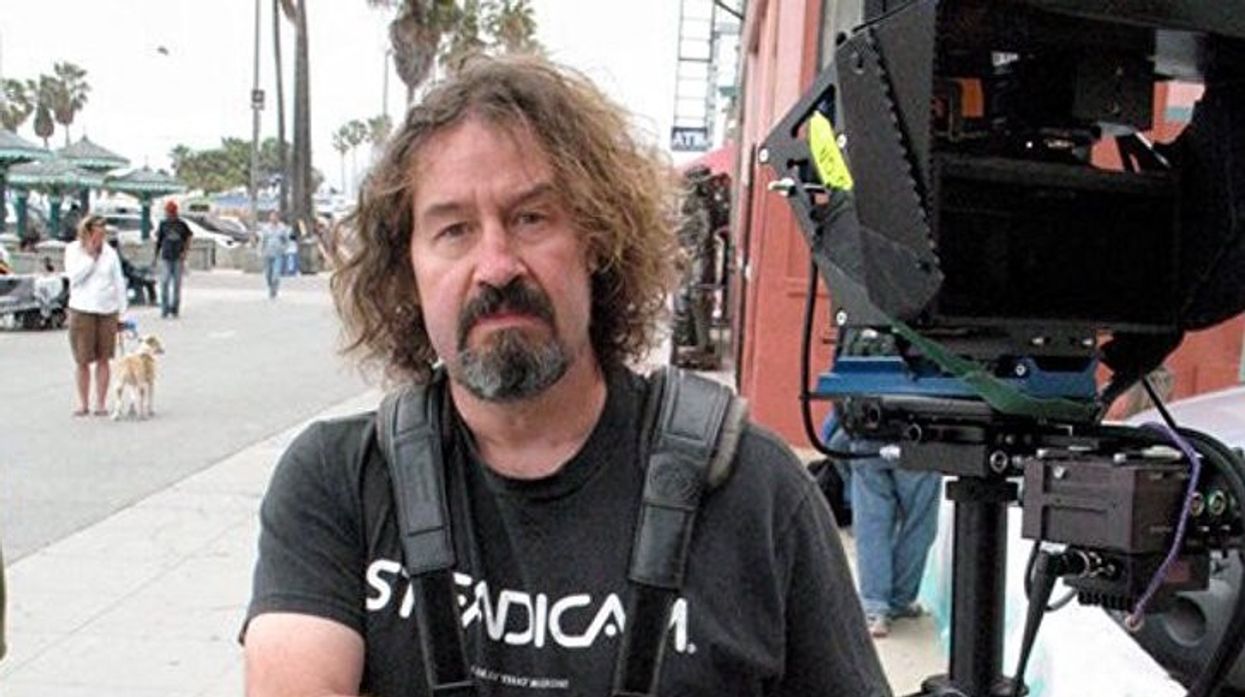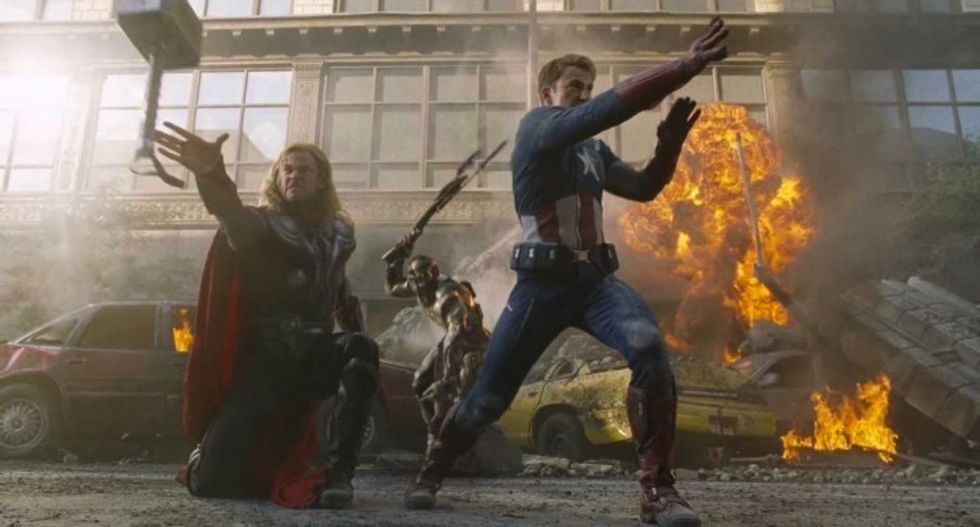Lessons from a Steadicam OG: Make Your Shots Flow Like Music
One of the first Steadicam operators ever teaches you how to move your camera like a pro.

Dan Kneece has nearly 40 years of experience using Steadicams, and not only did he learn how to do it from the creator Garrett Brown himself but he's one of the first camera operators to do so.
Suffice it to say that the guy knows camera movement.
In this video, Ted Sim of Indy Mogul chats with Kneece about what it takes to move your camera like a pro and what kinds of techniques you need to employ in order to tell visual stories using camera movement. Check it out below:
Learn From the Masters
The original Steadicam creator, Garrett Brown, taught Kneece how to use one, so it makes sense why he says that if you want to learn how to do something in filmmaking, learn from the masters. However, not everybody has that kind of access to masters of filmmaking...I mean, that'd be amazing, but it's just not realistic.
The next best thing, though, is to watch YouTube videos and read articles about your favorite filmmakers. Peruse their interviews and watch their films...anything to learn the tricks and techniques that made them successful. This video was a good start!

Steadicam vs. Gimbals
When gimbals first came out, we heard a lot of young filmmakers compare them to Steadicams...even going as far to say that they were a great inexpensive replacement. While that connection is an understandable one to make, gimbals are not a replacement for Steadicams, but rather an alternative.
But that doesn't mean your gimbal is just a poor man's Steadicam; it just means that they're simply two different tools that can offer a different set of benefits. As Kneece states, Steadicams are able to give you a range of motion and control that gimbals just can't (at least not right now), while gimbals can give you the lower profile you might need for run-and-gun shoots.
When Shot Lists Are Busy Work
If you're a DP, a shot list is your Bible. It details which shots you need to get and when and with who. They can be incredibly important to maintain order, accuracy, and organization on a busy film set.
However, Kneece hints that shot lists often come into play too early in production, most of the time before the DP has had a chance to see how scenes will play out in real-time. He says he likes to watch actors rehearse scenes and then come up with a list of shots he wants to get, because until then, he's not sure exactly how a scene will unfold.
How Camera Movement Flows
Perhaps my favorite insight Kneece had to share was how he sees a scene as a piece of music. It has a beginning, middle, and end, as well as fast, slow, loud, and soft parts. If you find it difficult to create dynamic shots and scenes, it might help you construct them like something almost everybody can understand: music.
We all know how most songs begin, how they intensify over time, how they have a crescendo right before a big payoff with loud cymbals and guitar riffs, and how they fade toward the end. Filmmaking uses a lot of these tools too, from rhythm to tempo to pitch to tone; it's just a matter of translating the aural principles of music to the visual (and aural) principles of film.
Stop Moving Your Camera So Much
Camera movement is great; it's effective at making your shots exciting and communicating emotions to your audience. However, you can have too much of a good thing. As Kneece puts it, if you move your camera constantly, in every scene, for every shot, the movement itself begins to lose its power and meaning.
If you move your camera when you're not trying to communicate anything emotionally attached to the story, how is the audience supposed to know when you are. You see this all the time in Michael Bay flicks, so much so that video essayist Tony Zhou coined the term "Bayhem" to describe the director's affinity for epic, supercharged, high-octane imagery. However, his use of constant motion often seems contradictory of or uninformed by the actions and emotions in the scene.
The lesson here is to make sure your camera movements, along with all of your other stylistic choices, are intentional and work to serve the story.
What are your favorite lessons from Dan Kneece? Let us know down in the comments.
Source: Indy Mogul


















